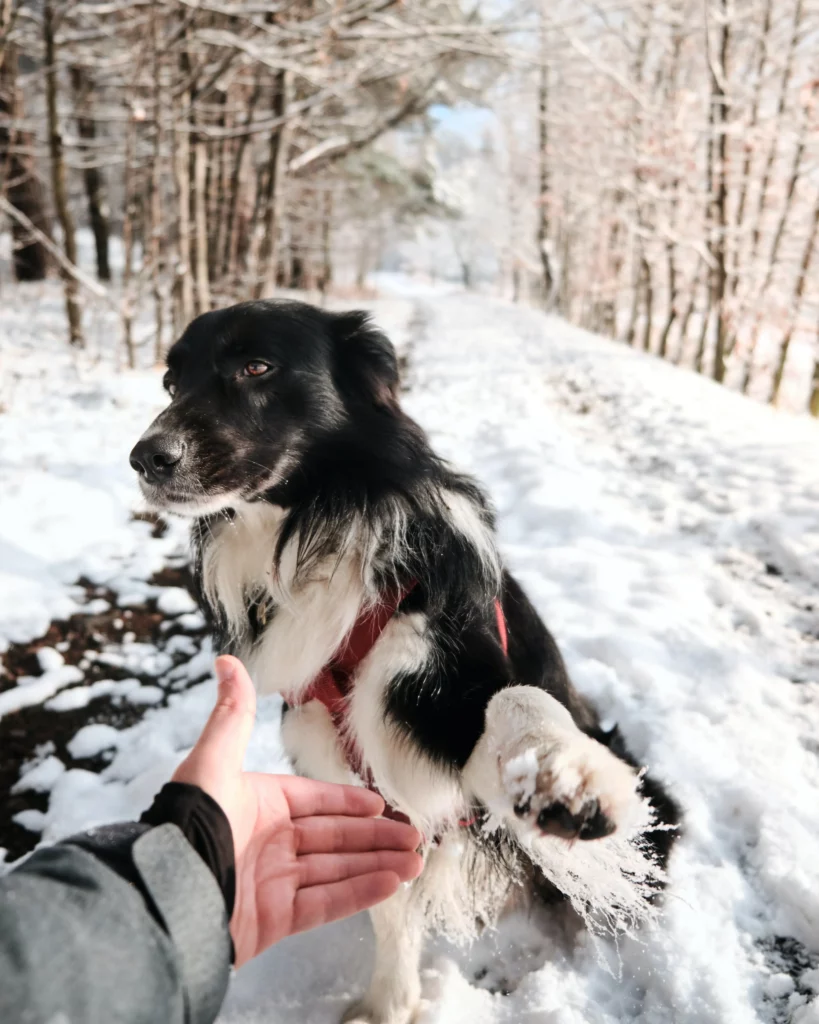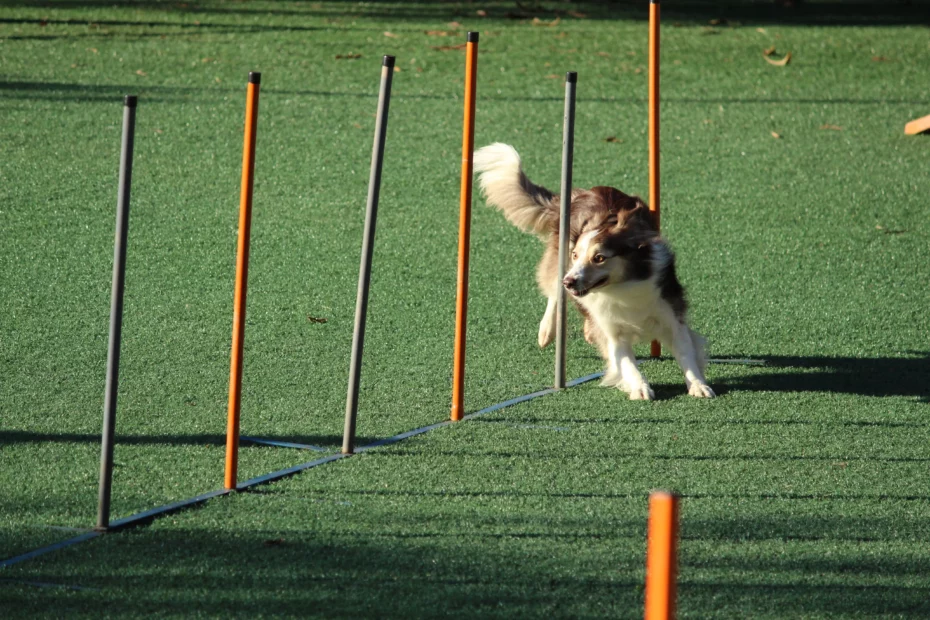What Causes Dog Reactive Behaviors?
There are many possible causes of dog reactive behavior, but some of the most common include: Fear, Anxiety, Stress, Excitement, Pain, Insecurity, Lack of socialization, Lack of exercise and Boredom. Examples, of dog reactivity behaviors include, barking, lunging, growling, snapping and biting.
Possible components to fostering dog reactive behaviors may include:
- Lack of early socialization and exposure to other dogs
- Limited or no exposure to other dog breeds
- Lack of exposure to different types of people
- Lack of positive reinforcement when the dog is around other dogs or people
- Reacting to prior traumatic experiences with other dogs or people
The Truth About Dog Reactivity: Is It Aggression?
Dog aggression is characterized by an offensive response to stimuli, dog reactivity is characterized by a defensive response. Dog reactivity is often mistaken for aggression because the dog may appear to be acting aggressively when they are really just trying to defend themselves.
It is important to be aware of the signs of reactivity so that you can better understand their behavior and avoid any potential conflict.
From a dog’s point of view, it is normal to react to a situation that they perceives as a threat. Reactivity can be triggered by many things, such as being startled, fear of unfamiliar environments, fear of people, fear of animals, and so on. Reactivity can also be caused by medical conditions, such as pain or an imbalance in the dog’s hormones.
Introduction to dog reactivity training
Dog reactivity training is a process of teaching your dog to remain calm and relaxed in the presence of stimuli that would normally trigger an excited or aggressive response. This type of training can be used to help your dog cope with a wide variety of situations, including meeting new people, going to the vet, or experiencing loud noises. The goal of reactivity training is to help your dog learn to control their impulses and reactions, so that they can remain calm and collected in any situation.
If you have a dog that is reactive to other dogs, you are not alone. Many dog owners face this challenge. While it can be difficult to manage, there are ways to help your dog feel more comfortable around other dogs.
Reactivity training is not a quick or easy fix. It takes time, patience, and consistency. But if you stick with it, you can help your dog learn to be more relaxed and comfortable around other dogs.
The Advantages of the Training
The benefits of dog reactivity training can include:
- improved obedience
- better socialization
- less stress and anxiety for both the dog and the owner
- improved safety for both the dog and those around them
- increased confidence for the dog
- a deeper bond between the dog and the owner
Dog training related: 9 Fun, Easy Tricks to Teach Your Dog (for Beginners or More Advanced Pet Parents)

Methods of dog reactivity training
There are many methods of training dogs to be less reactive. Some common methods include:
- positive reinforcement training
- desensitization
- counterconditioning
Positive reinforcement training
This is a type of training that rewards the dog for desired behaviors. It can be used to teach the dog to associate the trigger with something positive, such as treats or attention. Please read here for tips about applying positive reinforcement training approach. And also, we should aware of the concept of balanced dog training.
Desensitization
This involves gradually exposing the dog to the things that trigger their reactivity in a controlled environment. The goal is to help the dog learn to associate those triggers with positive experiences instead of fear or anxiety.
Counterconditioning
This is a process of changing the dog’s emotional response to the trigger by pairing it with something positive. For example, if the dog is reactive to other dogs, they would be exposed to other dogs in a controlled setting while receiving treats or positive attention. Over time, the dog should learn to associate other dogs with something positive instead of feeling fear or anxiety.
Properly manage dog reactivity
How to stop dog reactivity on the leash?
There is no one-size-fits-all answer to this question, as the best way to stop dog reactivity on the leash will vary depending on the individual dog and the root cause of the reactivity.
However, some tips for stopping leash reactivity include:
- Identifying and avoiding triggers: If your dog is reactive to certain stimuli (e.g. other dogs, people, bicycles, etc.), try to avoid these triggers as much as possible.
- Desensitization and counterconditioning: If you cannot avoid the triggers altogether, you can try to desensitize your dog to them by gradually exposing them to the trigger in a controlled setting (e.g. with other dogs, have someone ride a bike slowly past your dog while you give treats).
- Management: If all else fails, you may need to manage your dog’s reactivity by using tools such as a head halter or muzzle, keeping them on a short leash, and/or avoiding situations where they are likely to be reactive.
